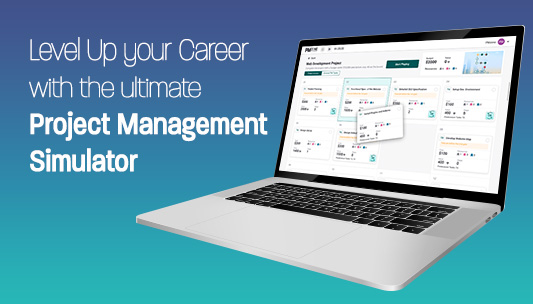If we just keep doing what we have always done, we will always get the same result; we will simply perpetuate past mistakes and will never break through the limitations of our habits. As a general rule of life, it is very important to learn how to avoid repeating previous mistakes and how to duplicate the successes of the past. This rule is equally important when it comes to managing projects that operate under a variety of constraints. A methodical process with the purpose of learning from the past and drawing and implementing the conclusions should be integrated into the project in order to avoid repetition of past mistakes and to facilitate duplication of past successes.
The process of ‘After Action Review’ is based on a methodical reconstruction of all facts related to an event or activity and evaluation of the circumstances surrounding these events and activities as well as their results. Once all pertinent information has been extracted, it then becomes possible to draw conclusions and learn lessons from the observed outcomes. These conclusions and lessons should then be refined and embedded in the next project. This process provides a particularly efficient mechanism for constant improvement, especially compared to the low cost it entails. In order to enjoy the fruits of this labor, the project team should adopt a friendly atmosphere and an attitude that is open to change in which criticism is seen as a tool for improvement and not as a tool to punish team members or settle accounts within the group.
Remember that understanding the past is essential for future improvement; the lessons learned should evaluate successes as well as failures.
An After Action Review session should be held not only at the end of the project but also at the end of each significant milestone. This type of session is also called a ‘Post-Mortem’ and has three main purposes:
Examin
Examining the facts and articulating findings based on those facts
Evaluate
Evaluating the findings and drawing conclusions from them
Learn
Understanding the conclusions and drawing operational lessons regarding actions that should be avoided in the future or ones that should be repeated
The ‘Lessons Learned’ process requires advance preparation during which a team is assembled and questions are formulated.
Before the questions can be formulated, all the participants in the session should be asked to articulate any insights they may have regarding events:
- Whose result was negative;
- Whose result was “almost negative”;
- Whose result was positive.
The Lessons Learned process should involve a variety of stakeholders, including members of various teams. Professionals and managers external to the project who might be able to contribute to the process based on similar prior experience should also be invited to join the team since, by virtue of the fact that they were not involved in the project, they may have valuable insights to offer.
The process of gathering, evaluating, and consolidating the data into coherent findings will be done using various project documents including the work plan, the risk management plan, discussion summaries, reports and the project log, which documented all the events that took place in the project.
In order to make certain that the process of data gathering will be as concise and factual as possible, the number of insights each participant is asked to articulate should be limited.
Since the Lessons Learned team is deliberately made up of members from various disciplines and points of view, this approach guarantees that the team will focus on the most important issues while ensuring wide coverage of all issues involved.
Documentation of the findings and insights should refer only to the facts and be as objective as possible. In addition, the documentation process should take place as soon after the completion of the project or central milestone as possible.
It is best to distribute a structured Lessons Learned questionnaire to all team members in this format:
- The Facts (What happened?)
- The Plan (What did we expect would happen?)
- The Gap (What caused the gap between the two?)
- The Future (Any recommendations for the future?)
It is important to allow all the participants in the Lessons Learned session sufficient time to organize their notes and thoughts so they can form meaningful and practical insights. Attempting to undertake a session without allocating sufficient resources for the task is simply a wasted endeavor.
The Lessons Learned session should be conducted as an open discussion. However, this discussion should be moderated and managed appropriately.
After the discussion is completed, a document outlining the conclusions and recommendations should be formulated and distributed in the organization. The recommendations should be implemented as soon as possible.
The conclusions and recommendations document should be divided into topics and focus on two aspects:
Things to improve
Everything that was discovered to be lacking and damaging to the project should be listed along with actions to be taken for improvement
Things to preserve
Everything that was discovered to be sound and helpful to the project should be listed along with actions to be taken to ensure that they are maintained
Adopting this approach and implementing it successfully will create value far beyond the scope of a given project and will become an intrinsic part of an organizational culture of continuous learning and growth. Moreover, an organizational culture that encourages its members to provide feedback and speak their mind has the added bonus of encouraging honesty and the belief that each individual has the ability to influence the organization.
